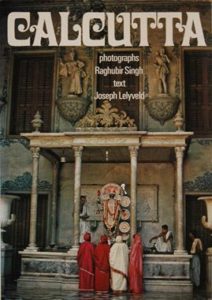“Written in History: Letters that Changed the World”
Best-selling and prize-winning writer of history and fiction Simon Sebag Montefiore ‘s Written in History: Letters that Changed the World is a fantastic addition to his list of publications. It is a selection of correspondences between eminent people at significant moments in history. Matching form for form, Simon Sebag Montefiore’s introduction too is in the form of an epistle addressed to the reader. In it he describes the principle upon which his selection of letters has been arranged. He also gives a crisp and informative account of the various purposes letters have served over the ages. “Some letters were intended to act as publicity, some to remain absolutely secret. Their variety of usage is one of the joys of a collection like this.” This collection consists of letters that are public letters ( like Balfour promises a Jewish homeland), letters that were designed to be copied out and widely distributed in society such as the public letters of great correspondents ( Voltaire and Catherine the Great were enjoyed in literary salons across Europe) or official letters announcing a military victory or defeat. Or letters that were political and military in nature revolving around negotiations or commands and could not be read out in public. For instance Rameses the Great’s disdainful note to the Hittite king Hattusili or Saladin and Richard the Lionheart negotiate to partition the Holy Land. This is a fine selection of letters originally written in cuneiform, on papyrus, then letters written on parchment or vellum, until paper was created in China around 200 BC. Letter writing belonged to all spheres of life. The beauty of letter writing is that nothing beats the immediacy and authenticity of a letter.
Written in History is a splendid anthology. It is a fabulous introduction to different moments in history made ever more delightful by the short notes written by Simon Sebag Montefiore preceding every letter. It is a wonderful, wonderful book which balances the act splendidly between providing information, being sensitive to the correspondents and being a sophisticated performance of a walk through history.
In March 2019, London-based Intelligence Squared’s acclaimed events on great speeches and poetry presented an event based on Letters That Changed The World. Joining the author on stage were No 1 bestselling novelist Kate Mosse. Together they discussed letters by Michelangelo, Catherine the Great, Sarah Bernhardt, Rosa Parks, Nelson Mandela, Virginia Woolf, Alan Turing and Leonard Cohen.
A cast of performers, including Young Vic director Kwame Kwei-Armah, rising star Jade Anouka, Dunkirk actor Jack Lowden, and West End star Tamsin Greig, brought the letters to life on stage.
In January 2019 Simon Sebag Montefiore attended the Jaipur Literature Festival. He gave a splendid public lecture-cum-performance on the Romanovs. Here is a recording of the event where he held the audience spellbound. Much like the reader is with Written in History.
10 April 2019

